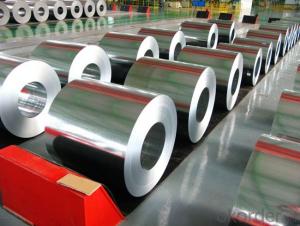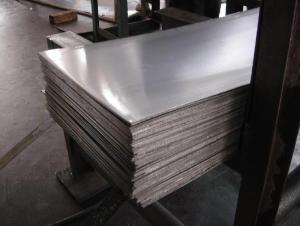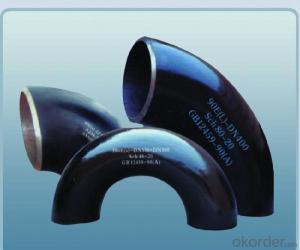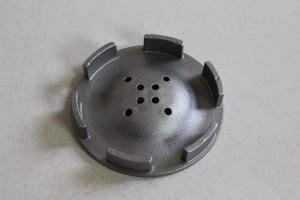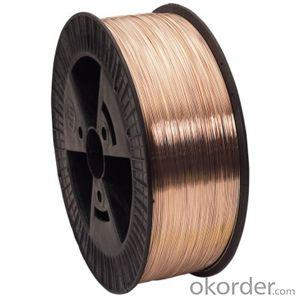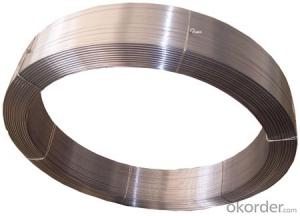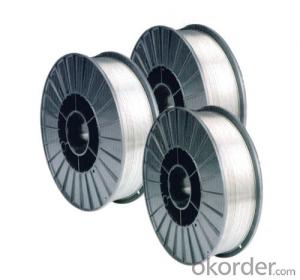Stainless Steel 420
Stainless Steel 420 Related Searches
Best Paint For Stainless Steel Blanket Insulation For Steel Buildings Primer For Galvanized Steel Foam Filter For Stainless Steel H S Code For Stainless Steel Surface Grinding Wheels For Stainless Steel Surface Grinding Wheels For Hardened Steel Hole Saw For Stainless Steel Paint For Stainless Steel Stainless Steel For BbqHot Searches
Steel Mesh Panels For Sale Price For Stainless Steel Scrap Scrap Price For Stainless Steel Price For Stainless Steel Stainless Steel Tank For Sale Stainless Steel Sheets For Sale Cheap High Tea Sets For Sale Stainless Steel Tanks For Sale Stainless Steel For Sale High Density Fiberboard For Sale Solar Hot Water Collectors For Sale Scaffolding For Sale In Uae Scaffolding For Sale In Ireland Scaffolding For Sale In Houston Type Of Inverter For Solar Price Of Shipping Containers For Sale Types Of Inverter For Solar Stock Price For Aluminum Used Solar Inverter For Sale Steel Mesh Panels For SaleStainless Steel 420 Supplier & Manufacturer from China
Okorder.com is a professional Stainless Steel 420 supplier & manufacturer, offers integrated one-stop services including real-time quoting and online cargo tracking. We are funded by CNBM Group, a Fortune 500 enterprise and the largest Stainless Steel 420 firm in China.Hot Products
FAQ
- Formula for calculating weight of stainless steel wire
- Stainless steel gravity:Chromium stainless steel takes 7.75 tons /M3Chromium nickel stainless steel takes 7.93 tons /M3Iron takes 7.87 tons /M3
- Yes, stainless steel wire is suitable for wire winding. Stainless steel wire is known for its strength, durability, and corrosion resistance, making it a popular choice for various applications, including wire winding. It can be easily shaped and wound into coils or spools without breaking or losing its structural integrity. Additionally, stainless steel wire is available in different grades and thicknesses, allowing for customization based on specific requirements for wire winding. Overall, stainless steel wire is a reliable and versatile option for wire winding purposes.
- Yes, stainless steel wire can be magnetized to a certain extent. However, compared to other materials like iron or nickel, stainless steel has a lower magnetic permeability, meaning it is less responsive to magnetism. Therefore, it requires a stronger magnetic field to be magnetized and does not retain magnetism as strongly as other ferromagnetic materials.
- Yes, stainless steel wire can be used in marine environments. Stainless steel is highly resistant to corrosion and rust, making it an ideal choice for applications in marine environments where the wire will be exposed to saltwater, high humidity, and other harsh conditions. The chromium content in stainless steel forms a protective layer on its surface, preventing corrosion and ensuring the wire's durability and longevity. Additionally, stainless steel wire has excellent strength and flexibility, making it suitable for various marine applications such as rigging, fishing, boat building, and marine construction.
- Stainless steel wire and galvanized wire are two distinct wire types, each possessing unique properties and characteristics. The dissimilarities between them can be found in their composition, corrosion resistance, and applications. Regarding composition, stainless steel wire consists of a steel alloy, chromium, and sometimes additional elements like nickel or molybdenum. This composition grants stainless steel wire exceptional strength, durability, and resistance against corrosion. Conversely, galvanized wire is composed of carbon steel wire coated with a layer of zinc. This zinc coating shields galvanized wire from rust and corrosion. In terms of corrosion resistance, stainless steel wire exhibits high resistance, rendering it suitable for various outdoor applications and harsh environments. It can withstand exposure to moisture, chemicals, and extreme temperatures without compromising its integrity. On the other hand, galvanized wire, though offering some corrosion resistance due to its zinc coating, is not as resilient as stainless steel wire. Over time, the zinc coating may wear off, leaving the underlying steel susceptible to rust and corrosion. Concerning applications, stainless steel wire finds common usage in industries such as construction, marine, automotive, and aerospace. Its superior corrosion resistance and strength make it ideal for applications requiring high durability, such as fencing, springs, cables, and wires utilized in surgical instruments or food processing equipment. Conversely, galvanized wire is often employed in applications where corrosion resistance is not the primary concern. It is commonly used in wire mesh, binding or tying material, or in the construction of fences and cages. To summarize, stainless steel wire and galvanized wire differ significantly in terms of composition, corrosion resistance, and applications. While stainless steel wire is renowned for its exceptional strength and resistance against corrosion, galvanized wire offers some corrosion resistance but is not as durable or long-lasting as stainless steel wire. The choice between these two wire types depends on the specific requirements of the intended application.
- The natural metallic color of stainless steel wire is typically a shiny silver or grayish shade. It's important to note, though, that stainless steel wire can also be treated or coated to obtain various colors. Coatings can be applied using methods like electroplating, powder coating, or painting. Coated stainless steel wire offers a range of color options, including black, white, gold, bronze, as well as different shades of blue and green. These color choices enhance the wire's visual appeal and enable seamless integration with diverse design preferences or specific applications.
- The melting point of stainless steel wire varies depending on the specific alloy composition. Generally, stainless steels have higher melting points compared to other materials due to their high chromium content. The melting point of most stainless steel wires ranges from approximately 1370 to 1510 degrees Celsius (2500 to 2750 degrees Fahrenheit). However, it is important to note that different grades of stainless steel may have slightly different melting points, so it is advisable to consult the specific material composition or manufacturer's specifications for accurate melting point information.
- Construction frequently employs stainless steel wire fasteners for a variety of purposes, thanks to their remarkable strength, durability, and corrosion resistance. These fasteners serve different functions in securing and supporting various components throughout the construction process. One prevalent use of stainless steel wire fasteners in construction involves joining and connecting materials. They are commonly applied to fasten metal sheets, panels, and beams together, guaranteeing structural integrity and stability. Furthermore, stainless steel wire fasteners are employed to secure electrical wiring and conduits, ensuring a safe and dependable electrical system. In addition, construction relies on stainless steel wire fasteners to suspend and support objects like lights, signs, and equipment. They are often used to hang ceiling tiles, HVAC components, and other fixtures from ceilings or walls. These fasteners possess a high load-bearing capacity, ensuring the safety and stability of the suspended objects. Stainless steel wire fasteners are also utilized as reinforcement in concrete structures. They are embedded within the concrete during the pouring process to enhance its tensile strength and prevent cracking. This reinforcement contributes to improved overall durability and longevity, particularly in areas prone to seismic activity or extreme weather conditions. Moreover, stainless steel wire fasteners play a vital role in constructing fences, railings, and other security barriers. They secure mesh panels, wires, or bars, creating a strong and reliable barrier capable of withstanding external forces. Stainless steel's corrosion resistance makes it an ideal choice for outdoor applications, as it can endure exposure to moisture, chemicals, and other environmental factors. In conclusion, stainless steel wire fasteners find extensive use in construction for joining materials, suspending objects, reinforcing concrete, and constructing security barriers. Their strength, durability, and corrosion resistance establish them as a reliable option for various construction applications, ensuring the safety, stability, and longevity of structures.
























